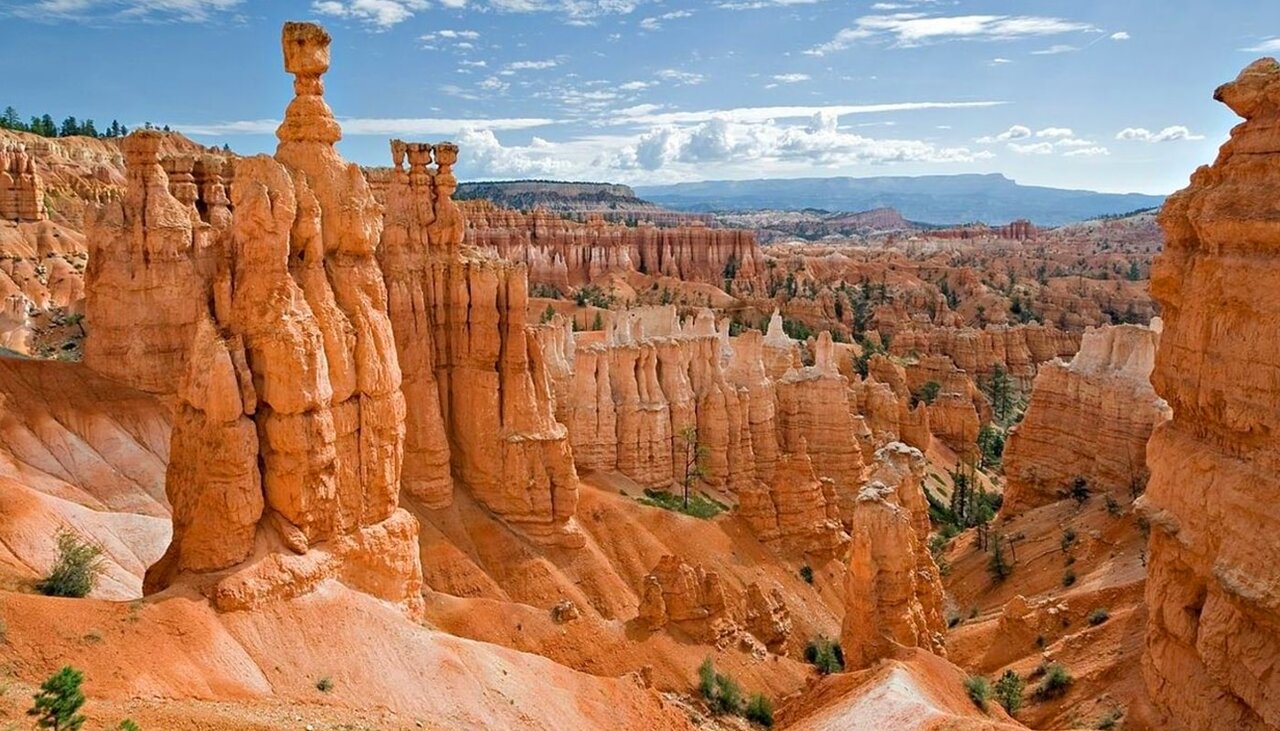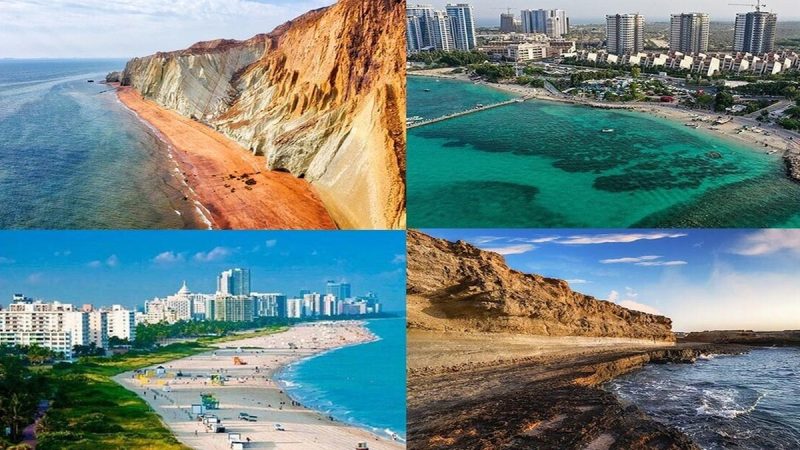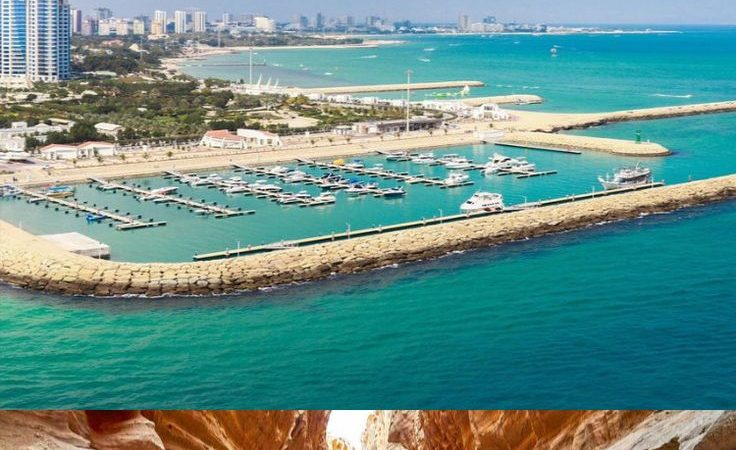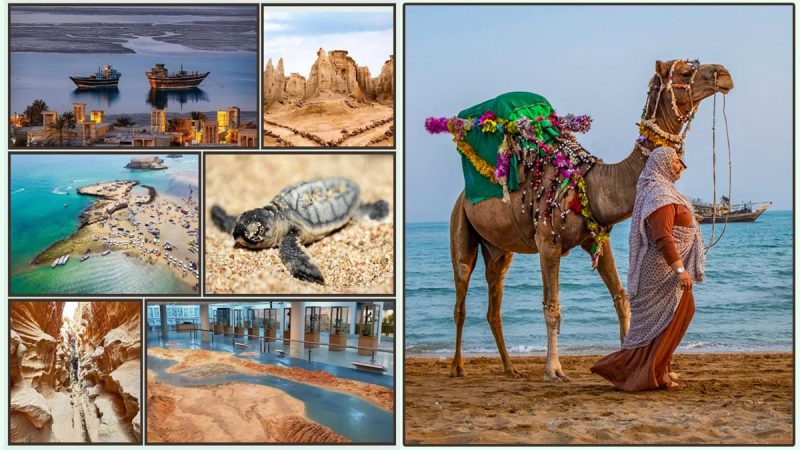Qeshm GeoPark: Iran’s First UNESCO Global Geopark

Introduction
Nestled in the Persian Gulf, Qeshm GeoPark stands as Iran’s first and only UNESCO Global Geopark, a testament to its extraordinary geological and ecological significance. This breathtaking destination attracts nature lovers, geologists, and adventure seekers with its dramatic canyons, ancient caves, and unique wildlife. Recognized by UNESCO in 2006, the geopark spans over 2,000 square kilometers, offering a rare glimpse into Earth’s natural history. Whether you’re drawn to its towering salt caves, rare mangrove forests, or star-shaped valleys, Qeshm GeoPark promises an unforgettable journey.
What Makes Qeshm GeoPark Unique?
1. A Geological Wonderland
Qeshm’s landscape is a masterpiece of natural forces, shaped over millions of years. Key highlights include:
-
Namakdan Salt Cave: The world’s longest salt cave, stretching over 6 km, with dazzling crystalline formations.
-
Chahkooh Canyon: A surreal valley carved by wind and water, featuring sharp ridges and narrow passageways.
-
Stars Valley (Dareh-e Setaregan): A mysterious erosion-formed valley with towering pillars resembling an alien landscape.
2. Rich Biodiversity & Eco-Tourism
Beyond its geology, Qeshm GeoPark is a haven for wildlife, including:
-
Hara Mangrove Forests: The largest mangrove ecosystem in the Persian Gulf, home to migratory birds and aquatic species.
-
Native Wildlife: Endangered species like the Persian Gulf humpback dolphin and Hawksbill sea turtles thrive here.
3. Cultural & Historical Significance
The geopark isn’t just about nature—it’s intertwined with local traditions. Visitors can explore:
-
Ancient Qeshm Villages: Traditional settlements with unique architecture and handicrafts.
-
Portuguese Castles: Remnants of colonial history along the coastline.
Why Was Qeshm Designated a UNESCO Global Geopark?
UNESCO recognized Qeshm for its:
-
Exceptional Geological Features – Rare formations that offer insights into Earth’s evolution.
-
Sustainable Tourism Efforts – Balancing conservation with responsible travel.
-
Educational Value – Serving as an open-air laboratory for researchers and students.
Best Time to Visit Qeshm GeoPark
The ideal visiting periods are:
-
Autumn (October-November) – Pleasant temperatures for hiking.
-
Winter (December-February) – Mild weather, perfect for exploring without extreme heat.
Avoid summer (June-August) due to scorching temperatures exceeding 40°C (104°F).
How to Explore Qeshm GeoPark Responsibly
-
Hire Local Guides – Support the community while gaining expert insights.
-
Follow Eco-Friendly Practices – Avoid littering and respect wildlife habitats.
-
Stay on Marked Trails – Protect fragile geological formations.
Conclusion: A Must-Visit Natural Gem
Qeshm GeoPark is more than just a tourist spot—it’s a living museum of Earth’s history and a beacon of sustainable tourism in Iran. Whether you’re a geology enthusiast, nature lover, or cultural explorer, this UNESCO-recognized wonder offers something extraordinary.
Ready to explore Qeshm GeoPark? Share your thoughts in the comments or check out our guide to Iran’s top natural attractions!



















بدون Comment